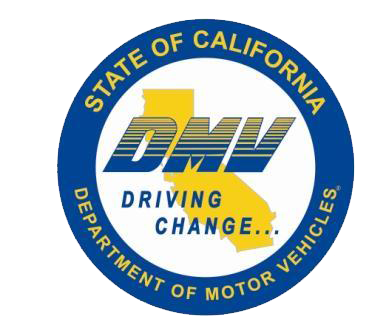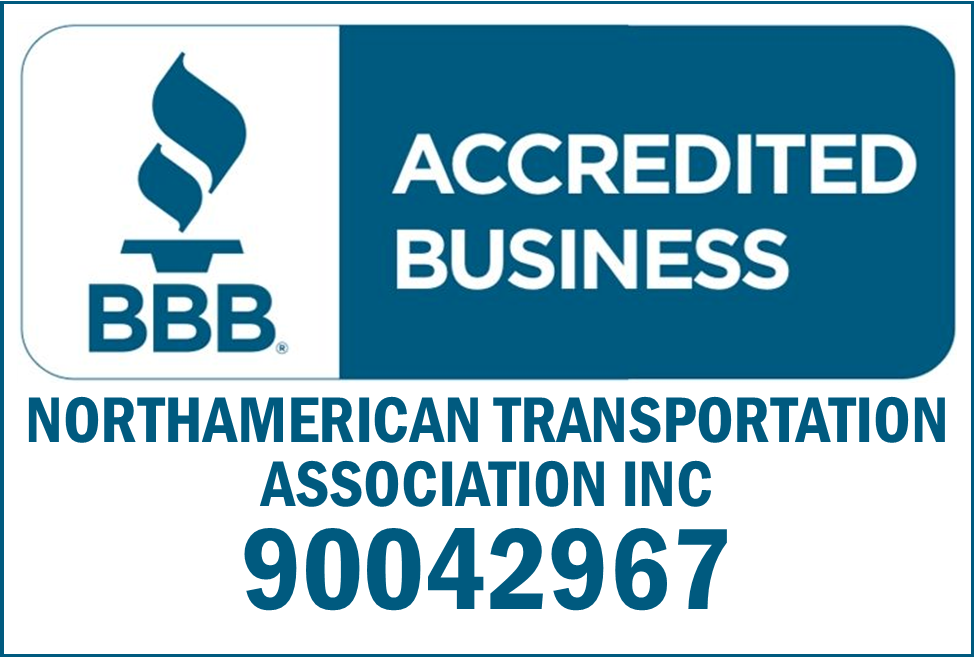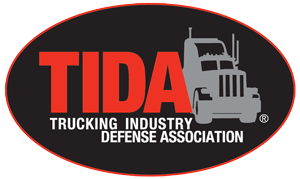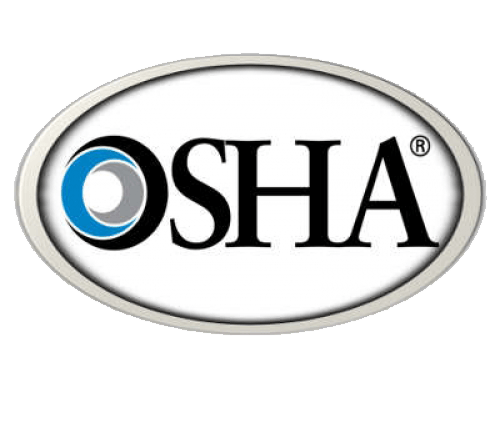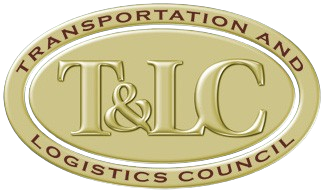American Cargo Securement
Part 1 - American Cargo Securement
Cargo and equipment carried on a commercial motor vehicle (CMV) must be loaded and secured in a way that prevents it from shifting on or within the vehicle or from leaking, spilling, blowing, or falling from the vehicle.
Scope
These requirements apply to CMVs operated in interstate commerce. This includes:
Regulatory citations
- 49 CFR 393, Subpart I — Protection against shifting and falling cargo
Key definitions
- Anchor point: Part of the structure, fitting, or attachment on a vehicle or article of cargo to which a tiedown is attached.
- Commercial motor vehicle (CMV): A self-propelled or towed motor vehicle used on a highway, in interstate commerce, that meets any one of the following criteria:
- Has a gross vehicle weight rating (GVWR) or gross combination weight rating (GCWR), or gross vehicle weight (GVW) or gross combination weight (GCW), of 10,001 pounds or more, whichever is greater; or
- Is designed or used to transport more than 8 passengers (including the driver) for compensation; or
- Is designed or used to transport more than 15 passengers (including the driver), and not used to transport passengers for compensation; or
- Is transporting hazardous materials of a type or quantity which requires placarding.
- Dunnage: All loose materials used to support and protect cargo.
- Dunnage bag: An inflatable bag intended to fill empty spaces between articles of cargo or articles of cargo and the wall of the vehicle.
- Edge protector: A device placed on the exposed edge of an article to distribute tiedown forces over a larger area of cargo than the tiedown itself, to protect the tiedown and/or cargo from damage, and to allow the tiedown to slide freely when being tensioned.
- Tiedown: A combination of securing devices which forms an assembly that attaches articles of cargo to, or restrains articles of cargo on, a vehicle or trailer, and is attached to anchor point(s).
- Working load limit (WLL): The maximum load that may be applied to a component of a cargo securement system during normal service. The WLL is usually assigned by the manufacturer of the component.
Summary of requirements
Federal regulations specify how cargo and equipment on a CMV must be loaded and secured to prevent that cargo or equipment from:
- Leaking, spilling, blowing, or falling from the vehicle; or
- Shifting so much that it adversely affects the vehicle’s stability or maneuverability.
All cargo must be firmly immobilized or secured on or within the vehicle using:
- Structures like floors, walls, and beams (as long as they are strong enough);
- Tiedowns like straps, chains, or ropes;
- Dunnage or dunnage bags;
- Shoring bars; or
- A combination of these.
Cargo that is likely to roll must be restrained by chocks, wedges, a cradle, or other equivalent means to prevent rolling.
Those items used to prevent rolling must not be able to become loose in transit.
To prevent shifting, articles of cargo that are placed beside each other and secured by tiedowns across the top must either be:
- Placed in direct contact with each other; or
- Otherwise prevented from shifting towards each other while in transit, such as by placing dunnage in between.
Tiedowns. Tiedowns, anchor points, and other components used to secure cargo must be in good shape. This means no damaged or weakened areas, including any cracks or cuts that will harm their performance. In addition:
- Tiedowns cannot be knotted;
- Repairs must be done in accordance with manufacturing standards;
- Tiedowns must be attached and secured in a way that prevents them from becoming loose, opening, or releasing while in transit; and
- Strong edge protectors must be used to protect tiedowns when they would be subject to abrasion or cutting at the point where they touch cargo.
Aggregate working load limit (WLL). Tiedowns must be strong enough to secure the load. This is determined by calculating the “aggregate WLL” of the tiedowns used to secure an article or group of articles. The aggregate WLL must be at least one-half times the weight of the article(s) being secured. For example, if an item of cargo weighs 20,000 pounds, the combined WLL of the tiedowns used on that cargo must be at least 10,000 pounds.
You calculate the aggregate WLL by adding up:
- One-half of the working load limit of each tiedown that goes from an anchor point on the vehicle to an anchor point on an article of cargo;
- One-half the working load limit of each tiedown that is attached to an anchor point on the vehicle, passes through, over, or around the article of cargo, and is then attached to an anchor point on the same side of the vehicle; and
- The full working load limit for each tiedown that goes from an anchor point on the vehicle, through, over, or around the article of cargo, and then attaches to another anchor point on the other side of the vehicle.
Usually, the WLL of a tiedown is marked on the device by the manufacturer. If it is not listed on the device, the working load limits listed in the tables in 393.108 must be used. Note that an unmarked chain is assumed to be Grade 30.
Minimum number of tiedowns. Finally, the minimum number of tiedowns needed for an article of cargo depends on the cargo’s weight, length, and placement.
When an article IS NOT blocked or positioned to prevent forward movement by a header board, bulkhead, other secured cargo, or other appropriate blocking devices, it must be secured by at least:
- One tiedown for articles five feet (1.52 meters) or less in length, and 1,100 pounds (500 kg) or less in weight;
- Two tiedowns if the article is:
- Five feet or less in length and more than 1,100 pounds in weight, or
- Longer than 5 feet, but less than or equal to 10 feet (3.04 meters) in length, irrespective of weight;
- Two tiedowns if the article is longer than 10 feet and one additional tiedown for every 10 feet of article length, or fraction thereof, beyond the first 10 feet of length.
If an article of cargo IS blocked, braced, or immobilized to prevent forward movement, it must be secured by at least one tiedown for every 10 feet of article length, or fraction thereof. For example, a 26-foot item of cargo placed against a bulkhead must be secured with at least three tiedowns (and the aggregate WLL of those tiedowns must be at least one-half of the cargo weight).
Front end structures. Front-end structures are not required on a CMV. However, if a front-end structure (like a bulkhead or headerboard) is used to prevent forward movement of cargo, then that structure must meet the standards in 393.114.
Commodity-specific rules. Federal regulations include specific securement rules for the following commodities. These rules must be following in addition to the rules for general freight as described above.
- Logs: 393.116
- Dressed lumber and similar building products: 393.118
- Metal coils: 393.120
- Paper rolls: 393.122
- Concrete pipe: 393.124
- Intermodal containers: 393.126
- Automobiles, light trucks and vans: 393.128
- Heavy vehicles, equipment and machinery: 393.130
- Flattened or crushed vehicles: 393.132
- Roll-on/roll-off or hook lift containers: 393.134
- Large boulders: 393.136
En route inspections. After the start of a trip, drivers must make sure that their cargo remains secured. They must do this within 50 miles of the start of the trip, and then again:
- Whenever they make a change of duty status;
- After driving for three hours; or
- After driving for 150 miles, whichever occurs first.
This en-route inspection is not required for a sealed load that is not to be opened, or if checking the cargo is impracticable.
Part 2 - Canada Cargo Securement Requirements
To help create uniformity regarding the cargo securement requirements, the Canadian Council of Motor Transport Administrators (CCMTA) has developed National Safety Code (NSC) Standard 10, Cargo Securement. This standard is adopted by reference in the majority of the Canadian jurisdictions and was last updated June 2013.
Scope
The standard applies to a vehicle or combination of vehicles that transport cargo on a highway and that exceed a registered gross vehicle weight of 4,500 kilograms. The standard also applies when an intermodal container is used to transport cargo.
Cargo tiedowns
Cargo tiedowns are restraining devices like chains, straps, or ropes that are used to secure items to a commercial motor vehicle so they do not shift or fall from the vehicle.
Scope
The requirements for cargo tiedowns apply to motor carriers and their commercial motor vehicle drivers.
Cargo Securement
To help create uniformity regarding the cargo securement requirements, the Canadian Council of Motor Transport Administrators (CCMTA) has developed National Safety Code (NSC) Standard 10, Cargo Securement. This standard is adopted by reference in the majority of the Canadian jurisdictions and was last updated June 2013.
Scope
The standard applies to a vehicle or combination of vehicles that transport cargo on a highway and that exceed a registered gross vehicle weight of 4,500 kilograms. The standard also applies when an intermodal container is used to transport cargo.
Content Disclaimer: Due to the constantly changing nature of government regulations, it is impossible to guarantee the total and absolute accuracy of the material contained herein or presented. NorthAmerican Transportation Association (NTA) cannot and does not assume any responsibility for omissions, errors, misprinting or ambiguity contained. NTA shall not be held liable in any degree for any loss, damage or injury caused by any such omission, error, misprinting or ambiguity present. It is made available with the understanding that NTA is not engaged in rendering legal, accounting or other professional service. If legal advice or other expert service is required, the services of such a professional should be sought.



